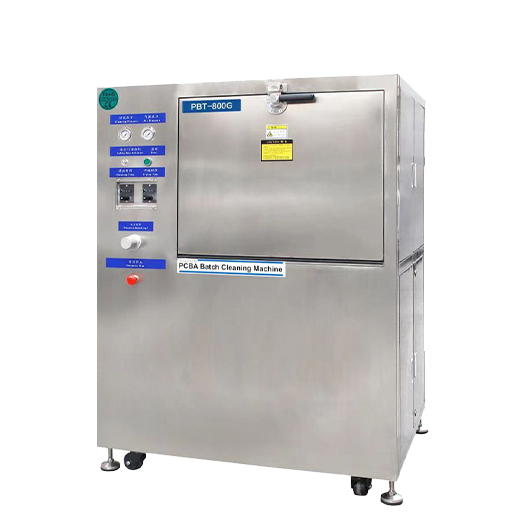
Steel mesh cleaning machines are indeed suitable for large-scale production environments. Here is a detailed explanation of its applicability:
First, cleaning capacity
The cleaning ability of the steel mesh cleaning machine can quickly remove various residues on the steel mesh, such as solder paste, flux, glue, etc. This cleaning capability enables the steel mesh cleaning machine to maintain continuous and stable cleaning in a large-scale production environment, thereby improving production efficiency.
Second, high degree of automation
Modern steel mesh cleaning machines are usually equipped with automatic cleaning systems, which can realize automatic loading and unloading, cleaning, drying and other functions. This highly automated design reduces manual intervention, reduces labor intensity, and improves cleaning consistency and stability. In mass production environments, increased automation helps to achieve continuous operation and management of production lines.

Third, energy conservation and environmental protection
Steel cleaning machines usually use environmentally friendly cleaning agents, and are equipped with circulating filtration systems to achieve the reuse of cleaning agents. This not only reduces cleaning costs, but also reduces pollution to the environment. In addition, some advanced steel mesh cleaning machines also use a fully sealed cleaning method, further reducing the volatilization and leakage of cleaning agents, thereby reducing the negative impact on the environment.
Fourth, stable and reliable
High quality materials and advanced processes are usually used in the design and manufacturing process to ensure its stable and reliable performance. In mass production environments, this stable and reliable performance helps reduce equipment failures and downtime, thereby improving production efficiency and product quality.
5, easy to maintain and maintain
The structure of the steel mesh cleaning machine is usually relatively simple and easy to maintain and maintain. Some advanced cleaning machines are also equipped with intelligent diagnostic systems, which can monitor the operating status and fault information of the equipment in real time, so as to facilitate users to conduct timely maintenance and maintenance. This helps to extend the use of the equipment and reduce maintenance costs.